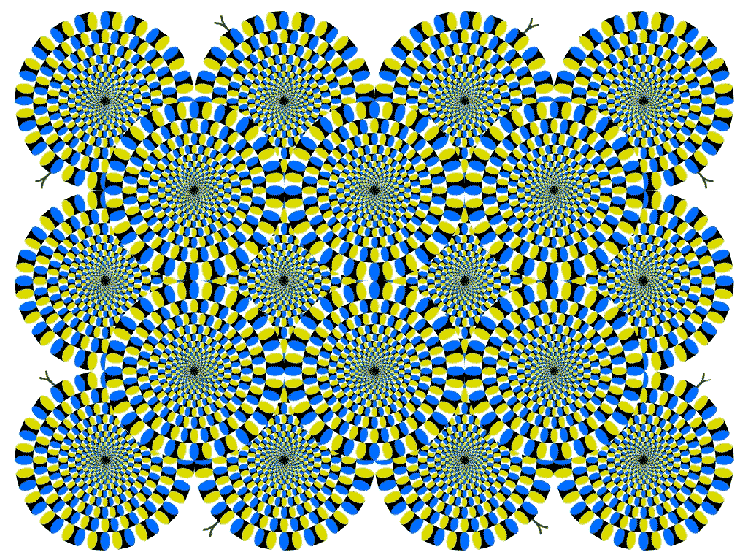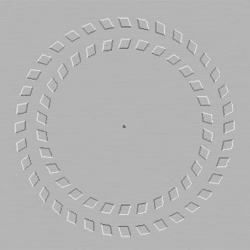Like many I've known for years that a red light is less disruptive to night vision than anything else but I never thought about why until I stumbled upon it in a book recently.
As you may know, the retina of the eye is made up of two types of cell, rods and cones.
Broadly speaking, cones are sensitive to colour and fine detail but only work well in good light, rods on the other hand don't see in colour but do need less light to see.
The rods can see in lower light because they produce a substance called rhodopsin, sometimes called "visual purple" which is odd because it is actually red in colour.
Rhodopsin is extremely sensitive to light, so much so that white light actually bleaches the pigment from it and it takes about 30 minutes to regenerate fully. Much of it is actually replaced within the first five or ten minutes in the dark but while it is depleted the rods do not function nearly as well in low light.
The useful thing to know is that Rhodopsin is relatively insensitive to the longer, red wavelengths of light so using a low powered red light will preserve your night vision as it will not reduce the retinas Rhodopsin stores in the rods but it will allow the less sensitive cones to become active and give more detail.
Another related fact is that the cones are most sensitive to the green wavelengths of light so in the absence of a red filter for your torch, a green light-stick is useful because the cones can function under very little green light, which because it is so weak, does little to deplete the Rhodopsin.
As you may know, the retina of the eye is made up of two types of cell, rods and cones.
Broadly speaking, cones are sensitive to colour and fine detail but only work well in good light, rods on the other hand don't see in colour but do need less light to see.
The rods can see in lower light because they produce a substance called rhodopsin, sometimes called "visual purple" which is odd because it is actually red in colour.
Rhodopsin is extremely sensitive to light, so much so that white light actually bleaches the pigment from it and it takes about 30 minutes to regenerate fully. Much of it is actually replaced within the first five or ten minutes in the dark but while it is depleted the rods do not function nearly as well in low light.
The useful thing to know is that Rhodopsin is relatively insensitive to the longer, red wavelengths of light so using a low powered red light will preserve your night vision as it will not reduce the retinas Rhodopsin stores in the rods but it will allow the less sensitive cones to become active and give more detail.
Another related fact is that the cones are most sensitive to the green wavelengths of light so in the absence of a red filter for your torch, a green light-stick is useful because the cones can function under very little green light, which because it is so weak, does little to deplete the Rhodopsin.






